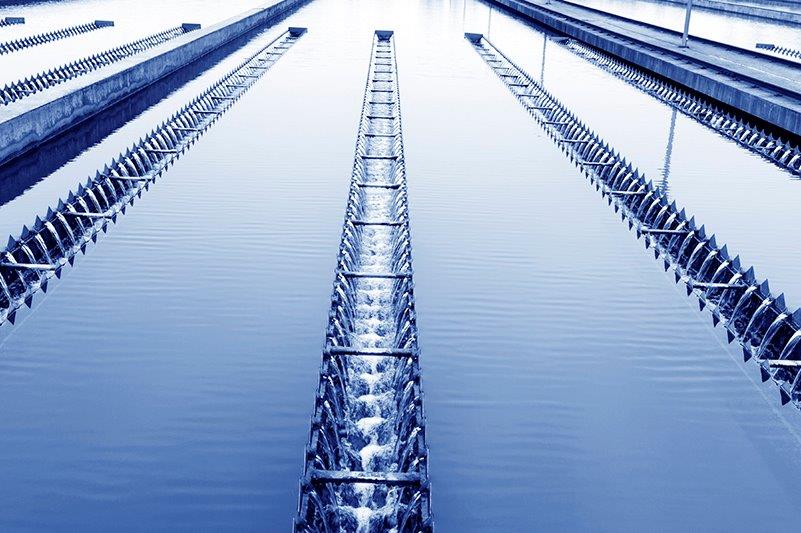We face a major challenge in meeting the energy demand of all the people. The more we save the more we make sure that everybody has access to adequate electricity and also the more we can save energy for the future generations.
Energy efficiency can be achieved through various measures. One of the measures that can be used for energy efficiency is the water and wastewater.
Energy consumption has a significant impact on the cost of running water treatment plants and on the environment, Wastewater and water treatment plants need a substantial amount of electrical energy to conduct unit processes and operations. Aeration and pumping for wastewater treatment and pumping for water treatment are the main electrical energy users. The US Environmental Protection Agency (EPA) has estimated that 3% of the power generated in the US is for water and wastewater treatment, so plants must aim to reduce energy use while still meeting quality standards.
Improving the energy efficiency in water and wastewater can be achieved by equipment upgrades, operational modifications, and modifications to facility buildings. Equipment upgrades focus on replacing items such as pumps and blowers with more efficient models. Operational modifications involve reducing the amount of energy required to perform specific functions, such as wastewater treatment. Operational modifications typically result in greater savings than equipment upgrades. Modifications to buildings, such as installing energy-efficient lighting, windows, and heating and cooling equipment, reduce the amount of energy consumed by facility buildings themselves.
The energy management in water treatment plants is usually done by working on the pumping applications. Energy efficiency can be achieved by using high-efficiency equipment like NEMA ‘’National Electrical Manufacturers Association’’ motors, EPAct ‘’Energy Policy Act’’ high-efficiency motors and variable frequency drive (VFD).
Optimizing the pumps with an optimization software like SCADA or any other software is also an item that shall be considered for energy efficiency in water treatment plants.
Some other opportunities for energy management and improving energy efficiency in water treatment plants are using high-efficiency fixtures and lamps, lighting monitoring and control, using energy efficient ballasts for plant fluorescent fixtures and also ultraviolet (UV) disinfection or pretreatment systems is an opportunity to reduce energy as well.
Energy efficiency can be achieved in the wastewater treatment plants by focusing on the aeration and pumping applications. Also, lift and influent pump stations and any effluent pumping requirements can provide energy saving and improve the energy efficiency in the wastewater plants.
Like the water treatment plants, Energy efficiency can be achieved by using high-efficiency equipment like NEMA ‘’National Electrical Manufacturers Association’’ motors, EPAct ‘’Energy Policy Act’’ high-efficiency motors and variable frequency drive (VFD).
Dissolved Oxygen (DO) monitoring and control are very important for energy efficiency. The control of an aeration system includes adequately spaced and maintained DO sensors with properly sized blowers. Also, the type of blower must also be evaluated for the application. For example, is the best blower a positive displacement, centrifugal with variable speed or single speed centrifugal controlled with vanes, valves or VFDs?
Like in the water treatment plants, Pump and blower optimization are also a consideration in wastewater applications. Knowing which pumps or blowers to use at what time and maintaining control over the requirement is extremely important.
Another good opportunity for energy management in wastewater is solids handling and removal. Finding applications that can dewater sludge more efficiently will reduce sludge handling costs. Also, there are many different types of systems developed or being developed to use sludge as a biofuel.
The methane produced by anaerobic digestion of the sludge can be used for cogeneration or heating requirements to save energy.

